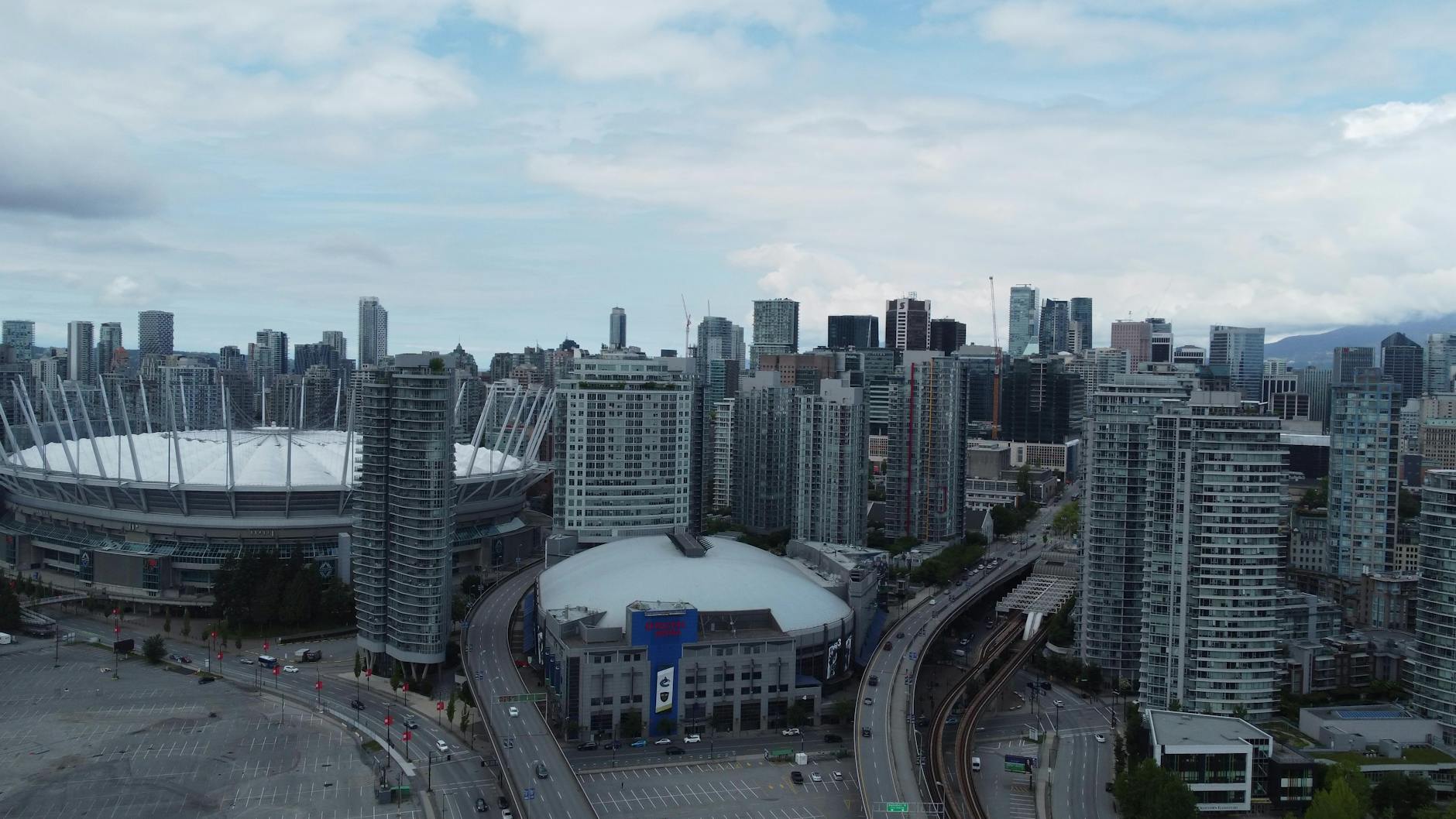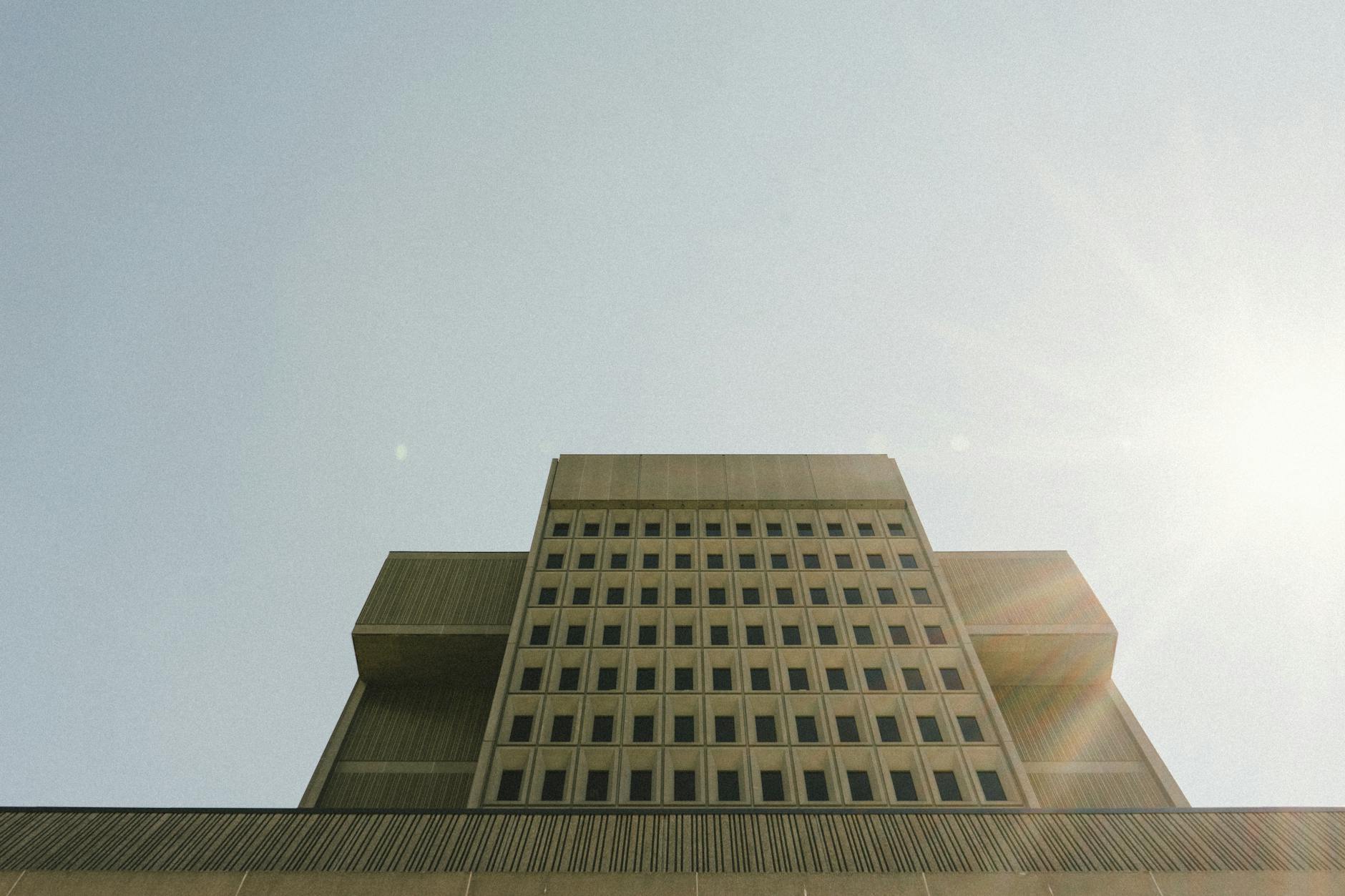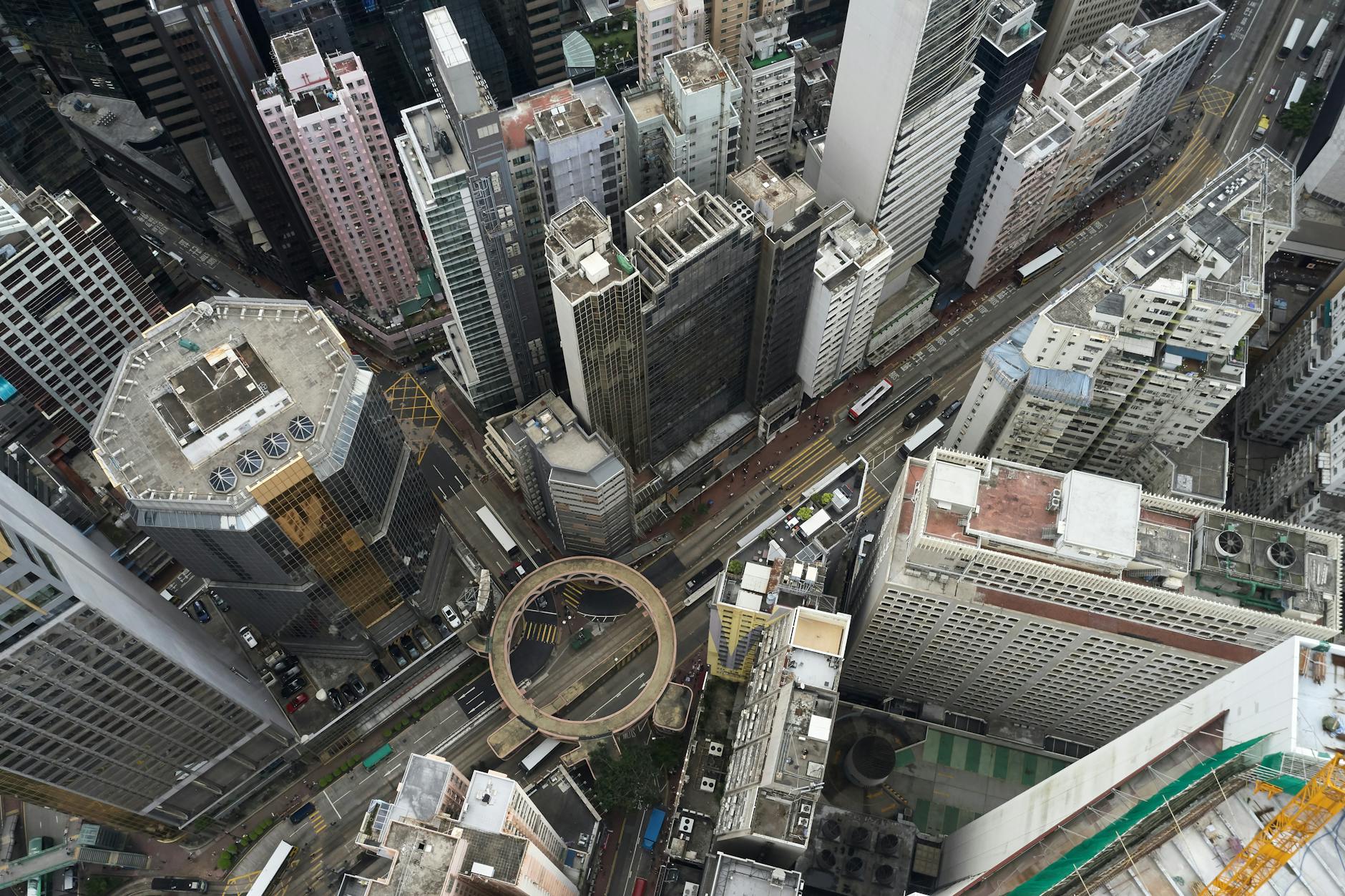How to Integrate Sustainable Investments into Urban Planning in Australia

Understanding Sustainable Investments
Sustainable investments play a pivotal role in shaping environmentally conscious urban landscapes here in Melbourne. As an urban planner myself, I find that these investments are not solely financial endeavours; they are also commitments to a greener future. When you consider investment funds dedicated to sustainability, they typically focus on projects that bolster ecological balance and social well-being. These funds are increasingly integral to urban planning elements like renewable energy systems, green spaces, and eco-friendly public infrastructure.
When you're dealing with personal investments, it's crucial to align them with urban development that supports sustainable initiatives. Such alignment ensures that individual efforts contribute to broader environmental goals. For example, projects in Fitzroy are revitalising existing structures while incorporating eco-friendly solutions, making them attractive options for sustainable personal investment.
Effective asset management is also fundamental when orchestrating sustainable practices in urban planning. Resources should be managed in a way that prioritises long-term ecological benefits over short-term gains. The Melbourne Docklands area serves as an exciting case study, showcasing innovative projects that have emerged from meticulous asset management strategies aimed at sustainability.
Incorporating these facets into Melbourne's urban planning agenda can transform communities into vibrant and sustainable environments. A visit to the Royal Botanic Gardens Victoria illustrates how green spaces are more than just a luxury; they are essential components of the city's ecological infrastructure, fostering biodiversity and offering residents a refreshing escape in the heart of the urban sprawl.
Key Planning Strategies
Incorporating Green Spaces
Green spaces play a crucial role in sustainable urban planning. In Melbourne, the lush expanses of the Royal Botanic Gardens Victoria serve as an inspiring example of integrating natural elements into urban settings. They enhance air quality, reduce urban heat, and provide recreational areas that benefit both residents and biodiversity. To create similar sustainable environments, urban planners should focus on designing parks, rooftop gardens, and urban forests that blend seamlessly into cityscapes. These spaces not only contribute to environmental well-being but also improve the social and mental health of the community.
Sustainable Infrastructure Development
Developing infrastructure with sustainability in mind can have a lasting impact on urban environments. Emphasising wealth management in planning allows for the allocation of funds towards eco-friendly infrastructure. It involves adopting technologies and materials that reduce carbon footprints and enhance energy efficiency. Sustainable infrastructure also relies on harnessing renewable energy sources and optimising resource usage, ensuring that urban growth aligns with environmental goals—critical for thriving communities and addressing long-term climate challenges.
Community-Centric Initiatives
Empowering communities to actively engage in sustainable practices is vital for effective urban planning. Community-centric initiatives focus on participatory design processes where residents contribute to decision-making. Such involvement ensures that developments meet local needs while fostering a sense of ownership and responsibility. Initiatives may include community gardens, public transport improvements, and zoning policies that prioritise affordable housing. By including fixed income residents, planners ensure inclusivity and equity in development, ultimately leading to vibrant and sustainable urban environments for everyone.
Aligning with Policies
Navigating Australian Regulations
Understanding the regulatory landscape in Australia is essential for successfully integrating managed investments into urban planning. Australia's planning policies often focus on sustainability, which aligns well with investments aiming for long-term environmental and social benefits. A clear grasp of regulations can streamline project approvals and foster sustainable development.
Engaging with Stakeholders
Engaging stakeholders, including local communities, policymakers, and investors, is central to implementing sustainable urban projects. Collaborations with creative sectors in Melbourne, such as those emerging in Fitzroy's trendy revitalisations, provide rich opportunities for integrating innovative, community-focused solutions. Stakeholder engagement ensures alignment of project goals with community needs and increases project acceptance.
Overcoming Policy Challenges
Policy challenges can be a significant hurdle in sustainable urban development. Balancing economic constraints with environmental objectives requires strategic planning and compromise. Navigating these challenges involves understanding diverse perspectives and finding common ground. Engaging with policy experts and leveraging an income fund can provide financial stability while aligning with sustainability goals.
Incorporating sustainability into urban planning not only meets regulatory requirements but also enriches urban environments. Such initiatives, analogous to the pioneering projects seen in Melbourne Docklands, can offer valuable insights for planners. As more urban spaces integrate sustainable elements, they can pave the way for resilient and thriving communities.
Implementation Techniques
When implementing sustainable urban development projects, utilising a phased project approach can be invaluable. This method breaks down the development into manageable segments, allowing urban planners to assess the sustainability and effectiveness of each phase before proceeding further. This step-by-step evaluation not only streamlines workflow but also ensures that each phase aligns with regulatory standards and community objectives.
Monitoring and evaluation are critical in understanding the impact of investments, such as managed funds, on urban development. Regular assessments help determine whether the initiatives meet their sustainability goals and remain on budget. By actively tracking progress, urban planners can adapt strategies or introduce new methodologies to improve project outcomes.
Collaborating with experts is another key technique that strengthens sustainable urban development projects. Engaging with professionals across diverse fields—environmental engineers, ecologists, and financial advisors, for example—can provide insights and solutions that are innovative and effective. For those navigating the complexities of sustainable investments in urban planning, such as tapping into a mortgage fund for infrastructure development, working closely with financial experts ensures informed decision-making and resource allocation.
Each of these techniques empowers urban planners, like myself, to undertake comprehensive projects that effectively address the balance between environmental goals and economic constraints. By embracing these strategies, planners can foster vibrant, sustainable communities that align with the vision of innovative areas like Melbourne Docklands.
Common Missteps in Sustainable Urban Planning
Overlooking Local Contexts
In the realm of urban planning, it's easy to get swept away by grandiose international trends, yet overlooking the local characteristics can lead to unsustainable outcomes. Melbourne's Royal Botanic Gardens Victoria, for instance, perfectly blends native flora with design, showcasing how crucial it is to respect local ecosystems. As planners, integrating sustainable investments requires acknowledging these unique environments, allowing indigenous plant life to flourish and helping urban wildlife habitats thrive. This not only enhances biodiversity but also creates a sense of place that urban architecture often misses when disconnected from its surroundings.
Ignoring Long-term Impact
While it's tempting to opt for quick urban solutions, sustainable success demands a long-term vision. Consider the renewable energy initiatives in Melbourne Docklands—a sterling example of foresight meeting function. Projects need to consider not just immediate utility but their carbon footprint over decades. By evaluating the longevity of resources and infrastructures, planners can mitigate harmful environmental effects, ensuring that urban spaces evolve sustainably without sacrificing future potential. For instance, utilising recycled materials in construction might have an upfront effort, but it dramatically reduces environmental toll over time.
Insufficient Community Involvement
Lastly, neglecting to involve the community can severely undermine sustainable urban planning efforts. Melbourne's trendy Fitzroy revitalization teach us the value of grassroots involvement; when locals connect with their spaces, they nurture and sustain them. Engaging residents through public forums or collaborative initiatives ensures that developments are community-centric—aligned with local needs and aspirations. It’s through such meaningful participation that sustained urban growth truly takes root, fostering resilient communities invested in their environments.


